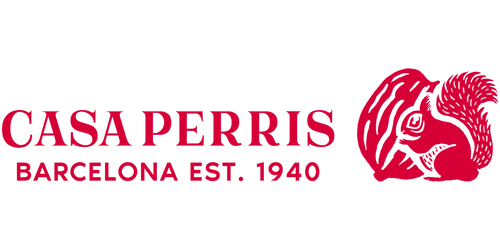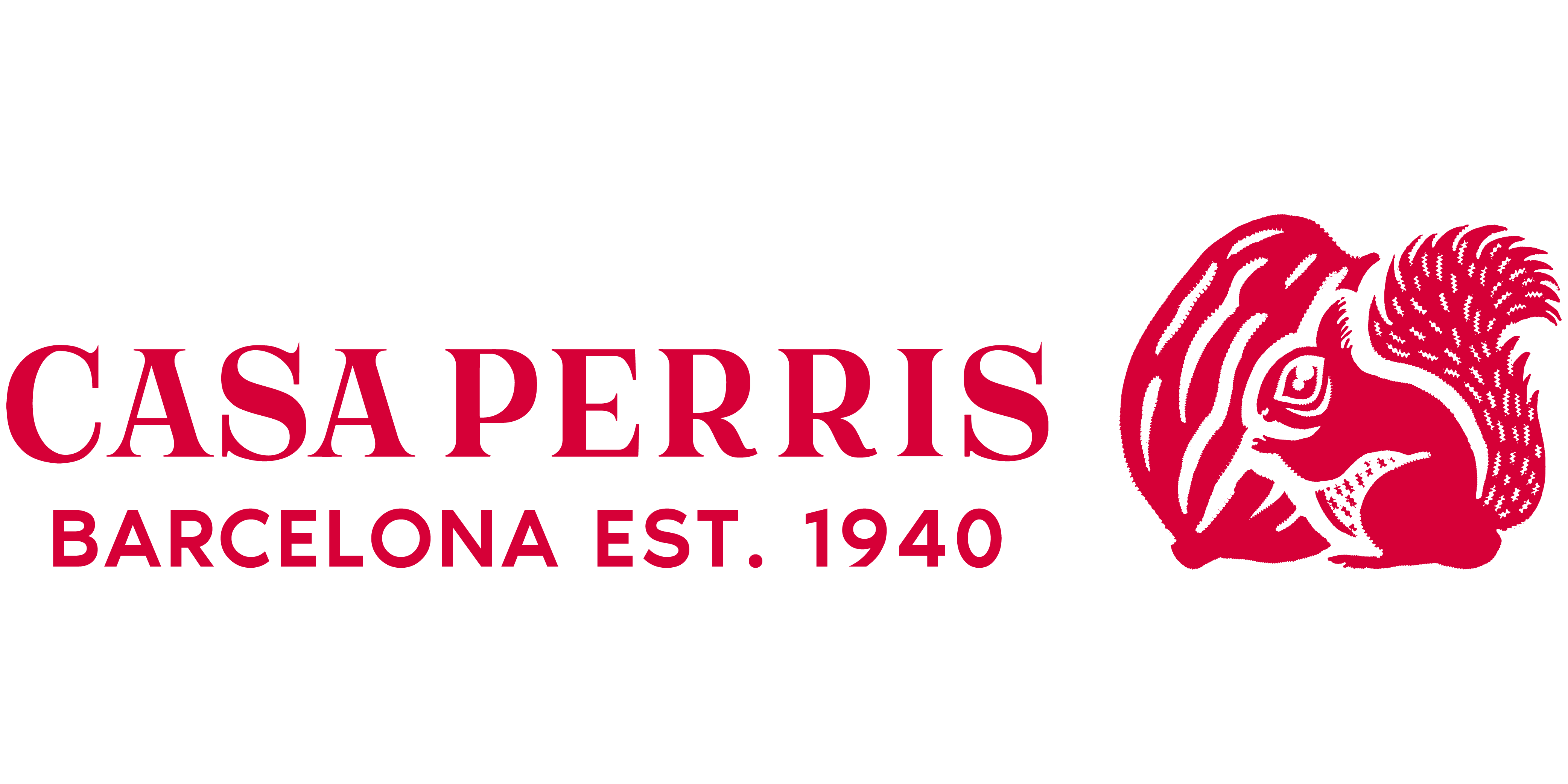The 3 healthy semolina that we will discuss in this post are those that come from rice, corn and wheat grains. Three basic cereals in our diet and raw material for the manufacture of pasta, sweet and savory dishes in general. By definition, we call semolina the lightly ground coarse flour that comes from the previously mentioned grains. Its nutritional value varies depending on the variety. Below we will develop these three semolina and we invite you to include them in your meals.
 rice semolina
rice semolina
Rice semolina is characterized by not containing gluten, which makes it an essential substitute for people allergic to this protein. It provides vitamins and minerals necessary to keep our body functioning healthy, among which: calcium and iron. Its fibers are healthy for intestinal transit and its low fat benefits people with heart disease.
In cooking, rice semolina is used to make broths, soups, creams and porridges for children. In more demanding preparations they are used for coating meats and seafood. In the pastries, the rice semolina cake and gluten-free chocolate brownie stand out.
Corn flour
Corn grits, also known as polenta, are soft in texture and naturally sweet. Its consumption is beneficial for our health since it is capable of keeping blood sugar levels stable. Its nutritional value highlights its vitamins, B1 being one of the most important since it is associated with good mood and energy in people, avoiding fatigue and depression.
In the kitchen, corn grits are an ingredient to make the renowned and delicious polenta of Italian cuisine, corn grits with shrimp, corn grits with prawns. In baking, it is used to make corn flour and lemon cake.
wheat semolina
Wheat semolina is widely known throughout the world, since an infinite number of dishes can be made from it, such as, for example, it is the raw material for making Italian pasta. In England, it is known because it is used to make porridge or better known as porridge, ideal for breakfast. In North Africa, the renowned couscous is made from pre-cooked wheat semolina.

All of these dishes made from wheat semolina are characterized by providing energy and proteins to strengthen muscle mass. And its soluble fibers are the perfect ingredient to avoid constipation and give mobility to the intestinal tract and reduce cholesterol.
Haven't you tried these three types of semolina? What are you waiting for?
 rice semolina
Rice semolina is characterized by not containing gluten, which makes it an essential substitute for people allergic to this protein. It provides vitamins and minerals necessary to keep our body functioning healthy, among which: calcium and iron. Its fibers are healthy for intestinal transit and its low fat benefits people with heart disease.
In cooking, rice semolina is used to make broths, soups, creams and porridges for children. In more demanding preparations they are used for coating meats and seafood. In the pastries, the rice semolina cake and gluten-free chocolate brownie stand out.
Corn flour
Corn grits, also known as polenta, are soft in texture and naturally sweet. Its consumption is beneficial for our health since it is capable of keeping blood sugar levels stable. Its nutritional value highlights its vitamins, B1 being one of the most important since it is associated with good mood and energy in people, avoiding fatigue and depression.
In the kitchen, corn grits are an ingredient to make the renowned and delicious polenta of Italian cuisine, corn grits with shrimp, corn grits with prawns. In baking, it is used to make corn flour and lemon cake.
wheat semolina
Wheat semolina is widely known throughout the world, since an infinite number of dishes can be made from it, such as, for example, it is the raw material for making Italian pasta. In England, it is known because it is used to make porridge or better known as porridge, ideal for breakfast. In North Africa, the renowned couscous is made from pre-cooked wheat semolina.
rice semolina
Rice semolina is characterized by not containing gluten, which makes it an essential substitute for people allergic to this protein. It provides vitamins and minerals necessary to keep our body functioning healthy, among which: calcium and iron. Its fibers are healthy for intestinal transit and its low fat benefits people with heart disease.
In cooking, rice semolina is used to make broths, soups, creams and porridges for children. In more demanding preparations they are used for coating meats and seafood. In the pastries, the rice semolina cake and gluten-free chocolate brownie stand out.
Corn flour
Corn grits, also known as polenta, are soft in texture and naturally sweet. Its consumption is beneficial for our health since it is capable of keeping blood sugar levels stable. Its nutritional value highlights its vitamins, B1 being one of the most important since it is associated with good mood and energy in people, avoiding fatigue and depression.
In the kitchen, corn grits are an ingredient to make the renowned and delicious polenta of Italian cuisine, corn grits with shrimp, corn grits with prawns. In baking, it is used to make corn flour and lemon cake.
wheat semolina
Wheat semolina is widely known throughout the world, since an infinite number of dishes can be made from it, such as, for example, it is the raw material for making Italian pasta. In England, it is known because it is used to make porridge or better known as porridge, ideal for breakfast. In North Africa, the renowned couscous is made from pre-cooked wheat semolina.
 All of these dishes made from wheat semolina are characterized by providing energy and proteins to strengthen muscle mass. And its soluble fibers are the perfect ingredient to avoid constipation and give mobility to the intestinal tract and reduce cholesterol.
Haven't you tried these three types of semolina? What are you waiting for?
All of these dishes made from wheat semolina are characterized by providing energy and proteins to strengthen muscle mass. And its soluble fibers are the perfect ingredient to avoid constipation and give mobility to the intestinal tract and reduce cholesterol.
Haven't you tried these three types of semolina? What are you waiting for?


